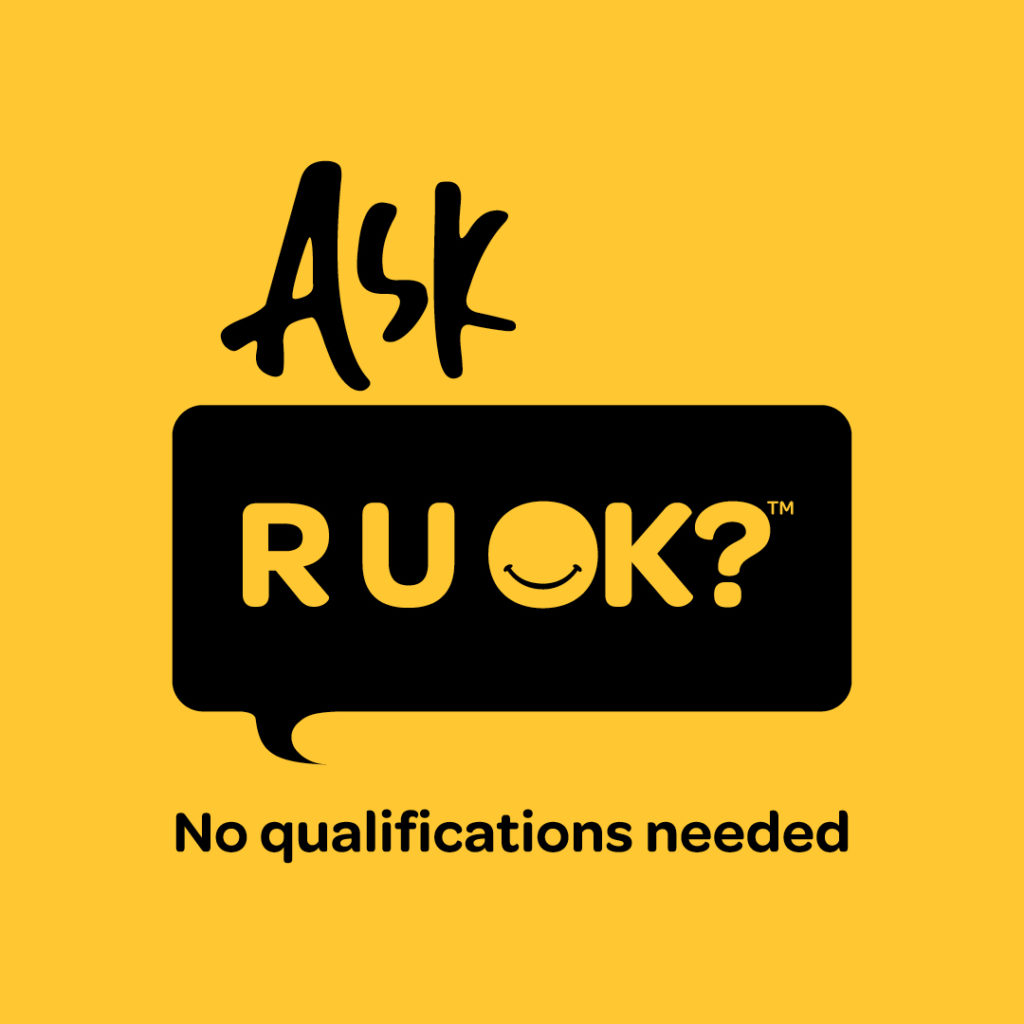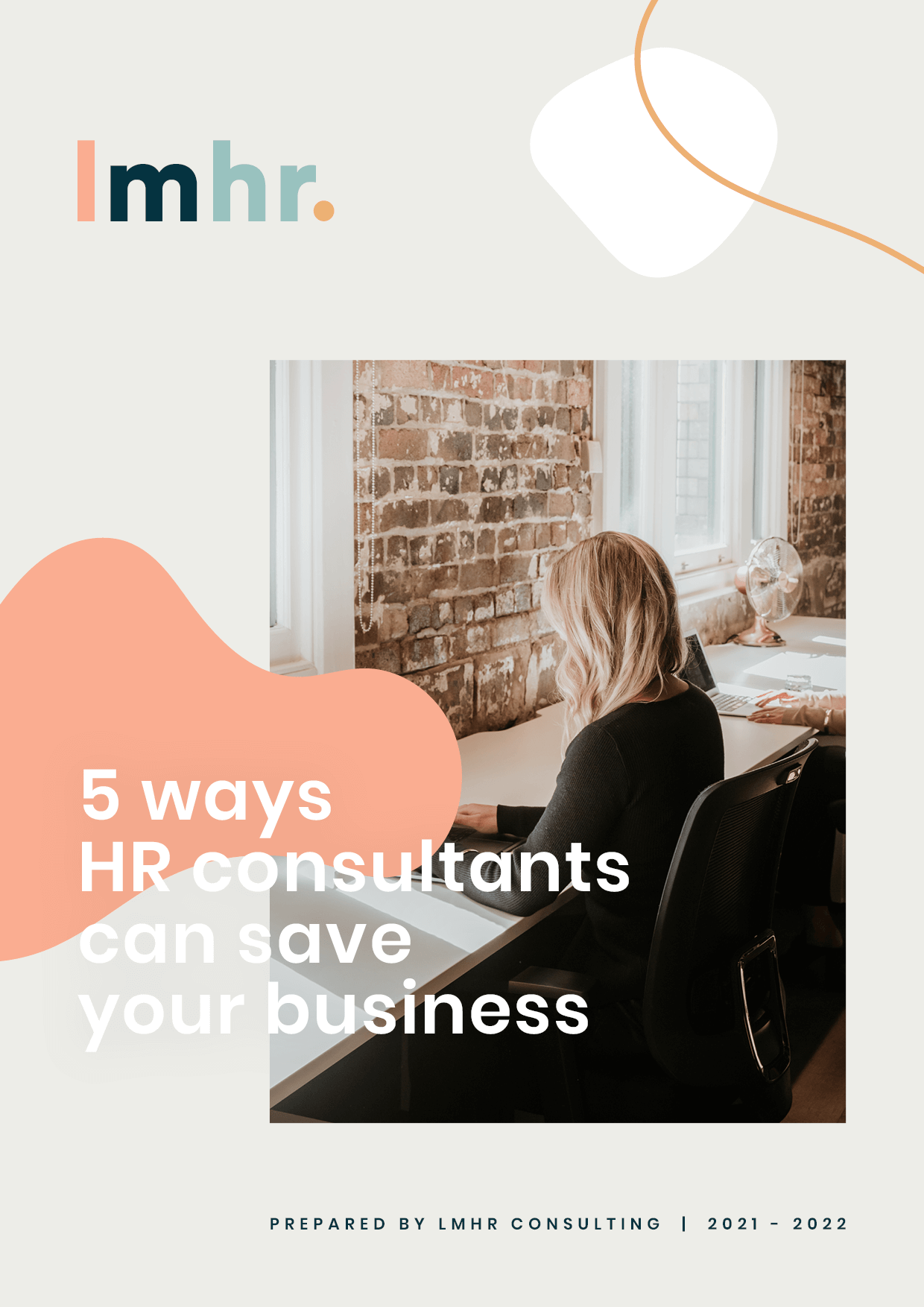
R U OK? No really, are you okay?
- Wellness & Wellbeing
- Christine Robinson
“The pandemic has irrevocably changed experience, attitudes and vulnerability around mental health.” Richard Pearson, CEO of Headspace
For the most part, I consider myself an optimist. I try to find a silver lining in any difficult situation. What I’ve been sensing is that our paradigm has shifted – managing our mental health and becoming more aware of mental health conditions are priorities. High levels of mental health are related to positive social relationships, increased creativity and productivity, as well as improved physical health.
Heads Up, developed by Beyond Blue, taught me something I haven’t been able to forget – mental health is about wellness rather than illness. They educate their audience by explaining that mental health exists on a continuum – from positive, healthy and functioning, to severe symptoms of mental health conditions at the other. Which means that anyone’s mental health can move back and forth along this range during a lifetime, in response to different stressors and circumstances.
The stressors of life have certainly given us a run for our money.
A survey Headspace conducted found that at the height of the pandemic, 71% of employees reported their workplace increased a focus on mental health through 2020/21. Unfortunately 31% now report that this focus has not been kept.
Whether it is a matter of perception by employees or a true reflection, the data indicates that wellbeing is viewed as less of a priority to employers. Employees on the other hand are signalling their ongoing need for wellness to be a priority. Ongoing being the central word here. Any mental health program to make an impact and be authentic should be permanently integrated.
Isolated events or action only during a time of crisis will not provide the lasting impact.
A focus on a holistic program that is embedded in the way your business operates will show your employees you are invested to create a mentally healthy workplace. Members of the LMHR team share their thoughts on what a mentally healthy workplace means to them:
Sarah Wiles (SW) : One where people are treated with respect, where communication is authentic and honest and one where the individuals within it are recognized for their contribution. This includes not only their professional contribution but also for the values and strengths and human individuality they bring to the workplace and team. I think it is also very important to acknowledge and be mindful of colleagues’ lives, commitments, priorities, stressors and motivators. Sometimes it can be as simple as asking colleagues how things are going for them e.g., R U OK?” –
Sarah van Loon (SVL) : “I think an organization and/or business that recognises the idea that a workplace could be mentally healthy is not attainable. There will also be someone in the business that is going through something, is dealing with long term issues or struggling. Having a workplace that is flexible and setup to support employees is more important that trying to ensure that everyone is mentally healthy.”
What kind of wellness program do we need to implement?
A wellness program or creating a mentally healthy workplace is intrinsically linked to employee engagement. Your employee’s mental and emotional connection they feel toward the work they do, their teams and their employer.
A program that ensures your employees:
- Benefit from increased flexibility in whatever design that works for them and the business
- Understand their role and the impact they will make
- Know that they will be recognised and rewarded for their contributions
- Are encouraged to be open about workloads and can seek guidance to manage them
- Understand when organisational changes occur and why and the impact on them
- Are comfortable that conflict resolution frameworks are in place to support them
- Understand the importance of managing their own mental health and where to seek support
- Recognise they are in a workplace where we speak openly about our mental health or mental health conditions and encourage others to do the same
- Work in an environment that nurtures professional connections
- Have every opportunity to develop and grow
- Understand the importance of time away from work and enjoy the benefits offered, recognising an employee’s life outside of work and
- For those with mental health conditions, are assured that they have support to stay and or return to work
Everyone plays a part when it comes to managing their own mental health and kind consideration of the team’s wellbeing
LMHR team members share what they do as an individual to ensure their own wellbeing and mental health?
SW: “I find exercise and being in nature incredibly beneficial and necessary to maintaining mental and physical wellbeing. Engaging in an activity where nobody is asking something of me is a real treat. A long walk and a swim in the sea is my tonic.”
SVL: “I’ve learnt to say no and create boundaries for myself. Whether that be from a workload perspective or taking on other issues as my own. I may not always stick to those boundaries, but they are there as a reminder to look after myself and allow me to give myself permission to say no.
MT: “I agree with both Sarahs! Creating and maintaining boundaries in both professional and personal lives. And for me a good dose of laughter with close friends and family is always a good thing.”
What can you do or do when considering the team’s wellbeing and mental health?
Loren Mitchell (LM): “As the leader of LMHR, my approach for our team is firstly to recruit people who have a level of emotional intelligence and awareness so that they are able to ask about others and understand how to redirect them if needed. When getting together our first priority as checking on each other, what are our highs, what are our lows – this includes me 100%.
Something I have found is very important as a leader is you don’t need to have it all together, all the time. I share my own experiences and how I am tracking so others feel they can do the same. It works. Give it a try. Remember, connection is everything!”
SW: “Talk to them. Ask them how they are. Stay in touch. Communicate. Be mindful of others. Don’t over commit but if you say you will do something … do it. Give honest feedback and be authentic.”
SVL: “I try not to assume. You have no idea what others are going through. Most people have a lot on their plate, but some plates are made of paper and others of stone. It’s all relative and you never really know when people are at their breaking point- especially if you don’t check in and ask.”
Business leaders set the tone for acceptable behaviour
Leaders need to be confident and comfortable to lead by example and address concerns and/or approach someone who may be experiencing difficulties. The survey conducted by Headspace found that 65% of business leaders acknowledged that the first step is to talk openly about mental health and encourage help seeking. However 53% of business leaders reported that they are not comfortable discussing their own headspace as it may harm their credibility.
LMHR Director Loren Mitchell is a big believer of asking the question RUOK? and understands the importance of reaching out.
LM:“The right approach for your team may differ, however the key is being truly authentic and leaders need to be role models around this. The 8th of September this year is such an important reminder that we all need to check on each other. It doesn’t mean we don’t have boundaries around what we can cope with ourselves, it however means we remain connected with our peers and our community, whether this is personal or work related. Just asking those simple words of someone in need can have a hugely profound impact on a person who is struggling, particularly if they have not revealed it to anyone.”
No matter how you structure your program and whatever you may want to call it, it needs to be embedded in your daily activities. Speak to all your employees and evolve over time. Your employees’ wellbeing impacts your business. On R U OK? Day we invite you to consider your approach to managing your mental health and what strategies you have in place to create a mentally healthy workplace.
More Posts

- Wellness & Wellbeing
- Christine Robinson
